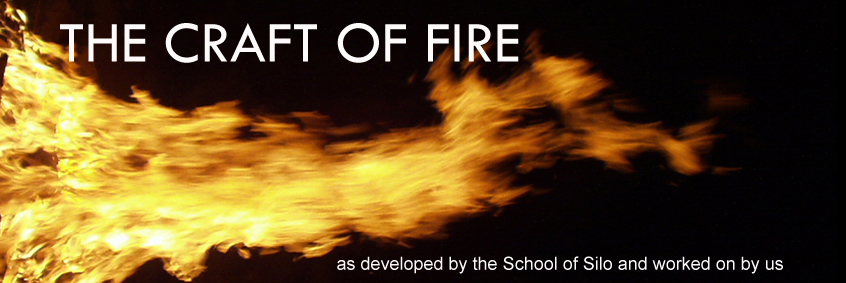Casting in the Snow

On the first snowfall of the... fall (surprise!), I had me some more casting fun in the garage. I'd like to make a few more good aluminum castings before we wrap up this stage of pyro-history and move on to the Bronze age. I'd like a good salamander specifically, because we haven't made one yet. And we still haven't! This casting session was a bit of a bust, but good times nonetheless. As usual, we made our plaster molds with sand, then burned out the wax in the toaster oven for a few hours, then continued the burn out in the kiln at around 550º C. Some of these should have stayed in longer because the black soot burns off at a certain point, as you can see here: This time we had new aluminum from an engine casing I found in a back alley - what a find! Crucible with ceramic fibre wrap We went up to 927º but for sure the metal itself wasn't that hot. A little below this temperature I poked it and still felt some thick sections in the crucible. The first time I pour


